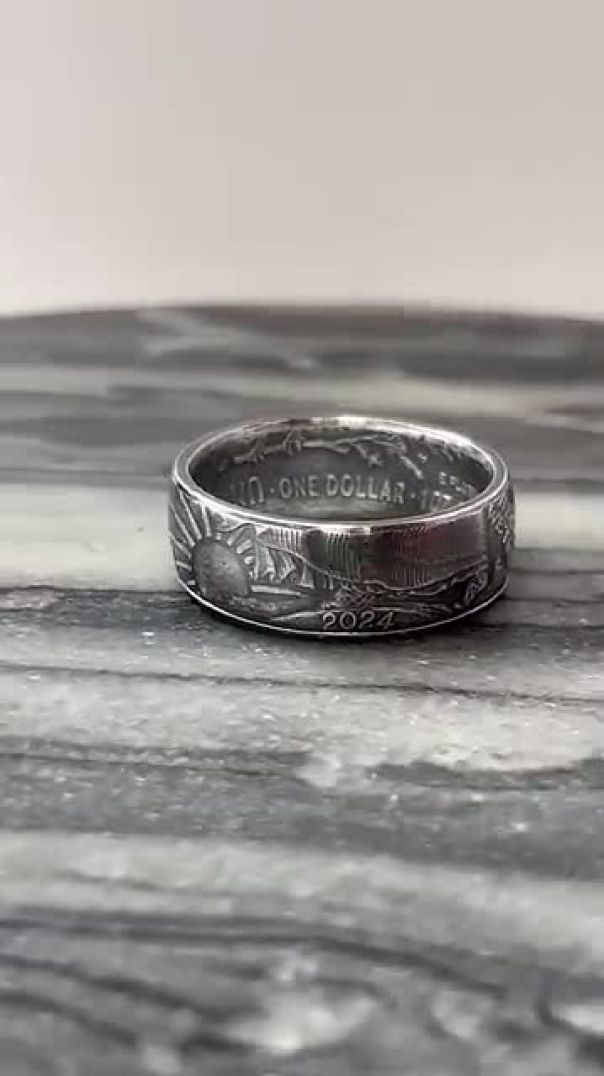0 Views· 06 September 2022
How To Look Younger Than Your Age Naturally - Anti Aging
How To Look Younger Than Your Age Naturally - Anti Aging
Did you know that going to space drastically slows down the aging process?
There are other factors that we can’t control, like genetics. Then you have things that affect the aging process that we can control, like the amount of sun exposure, stress, smoking, drugs, and alcohol, as well as the amount of exercise and sleep you get. But one of the biggest things that age you is SUGAR.
The cell is the simplest form of life, and we’re made of tens of trillion cells. To stay alive, the cell has to have energy. Usually, that entails burning glucose, which any cell can do.
When glucose is inside a cell, it's broken down in glycolysis. Alternatively, if the mitochondria are overwhelmed, pyruvic acid is diverted to go down the de novo lipogenesis (DNL) pathway, which converts sugar into fat. In this pathway, the pyruvic acid is turned into a fatty acid called palmitic acid, which is attached to a glycerol molecule and shipped out of the liver cell as a triglyceride molecule.
It’s the triglyceride molecule deposited in fat cells throughout the body. The two energy pathways, especially inside the mitochondria, continuously release by-products called oxygen free radicals that are toxic to the cell. But your cells do their best to detoxify them; otherwise, it will be the cell's death.
Specifically, it’s the peroxisome of the cell which releases its antioxidants, which are basically the antidote to those toxins.
Do you ever wonder why we get wrinkles as we age?
Or why do we get cataracts and atherosclerosis?
Yes, it's the aging process, but specifically, at the biochemical and cellular level inside your body, it results from glycation.
It's basically the human body’s version of carmelizing, or browning, occurring in all of our cells. The only way it stops, though, is if we die. But it can be slowed down. The slower the glycation, the slower you age. Glycation occurs when sugar, either glucose or fructose, combines with the amino acid component of protein. When they attach, the protein becomes stiffer. Most of these damaged proteins end up being swept away by the garbage man of the cell. But the garbage man isn’t perfect at his job, especially when he is overwhelmed with too much garbage.
So what happens?
You’re left with AGEs, or advanced glycation end products, which impair cellular function and ultimately age you quicker. It’s also to say that you’ll be healthier for longer. And part of this process depends on if the sugar we’re dealing with is glucose or fructose.
Glucose and fructose are structurally similar, both being monosaccharides, and both are found in dietary sugar (for example, sucrose in fruit, high-fructose corn syrup in a lot of processed food, even brown sugar, honey, agave, and maple syrup).
But here’s the thing. Fructose acts much faster in the glycation process than glucose, 7 times faster! So at least in this sense, sugar is worse than starch. And sugar in the form of fructose is worse than glucose. Collagen is the main extracellular protein in the body, meaning it resides outside cells. It’s the major component of connective tissues, like skin, tendons, and cartilage.
Because it's so prominent, has a long half-life, and is accessible to the glucose that floats around in our bloodstream, it’s the perfect setup for glucose and fructose to attach to it. This increases collagen stiffness. The decrease in flexibility is a result of AGE-mediated collagen cross-links. This occurs not just in the skin but also in the aorta.
When you look at tissue samples from insulin-dependent diabetic patients, they have increased AGE-modified collagen due to chronological age. Still, the observed levels were comparable to normal individuals twice as old as those of diabetic patients.
So if you want to slow this process down, the simple answer is to reduce sugar intake, especially when it comes to fructose. Generally speaking, processed foods have the most added sugar, and the most added sugar is fructose. The worst culprits are candy, pies, cookies, pastries, cakes, doughnuts, ice cream, sugar-sweetened drinks like soda, juice, and any syrup, including lattes. But there are also many “hidden” added sugar in things like cereal, yogurt, salad dressings, and other condiments like ketchup and BBQ sauce.
Doctor Mike Hansen, MD
Internal Medicine | Pulmonary Disease | Critical Care Medicine
Website: https://doctormikehansen.com/
Contact & Social Media Links: https://doctormikehansen.com/contact/



























0 Comments